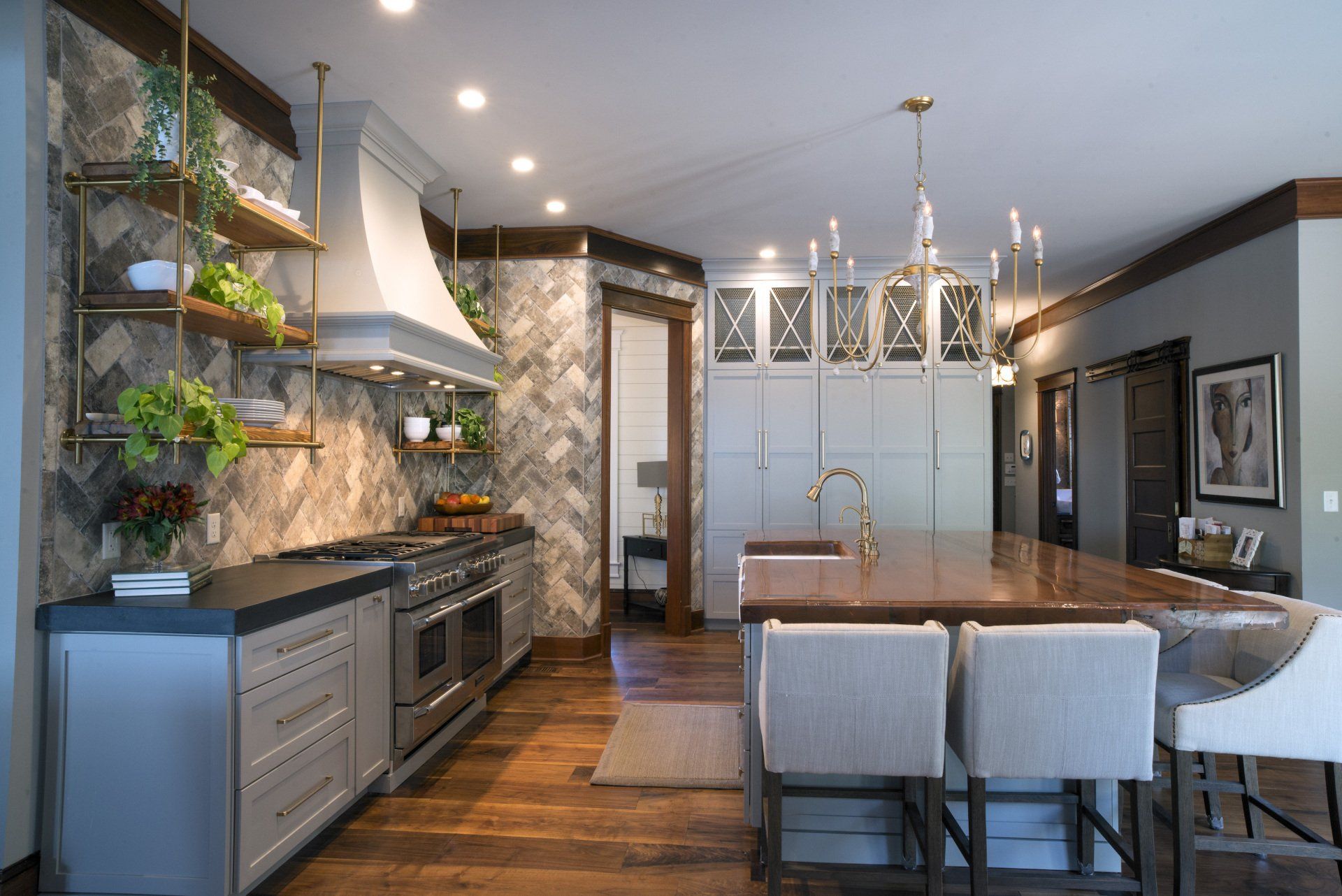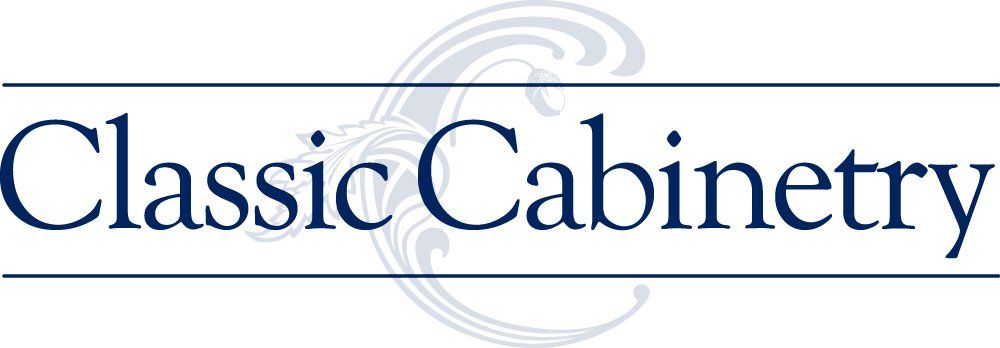Thanksgiving marks the start of the holiday shopping season. In that spirit, we want to share some of the more innovative products that we have encountered and that were tested by Food & Wine magazine’s editors. We are confident that homeowners In Chattanooga will bring smiles to the faces of friends, colleagues, coworkers and family with any one of the following gifts.
Breville’s Hand Mix Scraper: For the home baker who doesn't have space for a bulky stand mixer, a hand mixer can be a fantastic alternative. This strong, efficient, and multifunctional option from Breville has a digital control panel is easy to understand, and all the accessories can be housed in a convenient storage container.
Philips Premium Airfryer XXL HD9650: Air fryers are a fantastic gift for home chefs because they add crispy, golden-brown crunch to anything you cook, and they're an easy way to give new life to soggy foods. They're perfect for frying, heating, dehydrating, and baking. In fact, the Philips Premium Airfryer bakes just like a regular oven, and the extra-large cooking surface can accommodate up to 7 quarts of food. In addition, the digital control panel is easy to read, and the nonstick inner surface is easy to clean.
Great Jones Hot Dish is a great gift that's as functional as it is attractive. This casserole dish is perfect for lasagna, baked macaroni and cheese, or blueberry cobbler. The large, looped handles make it easy to grab from the oven, and the ceramic construction is naturally nonstick. We baked a ton of lasagnas to find the best casserole dishes, and this one produced perfect results every time — winning it the top spot overall.
Ooni Koda 16 Gas Pizza Oven produces crispy, restaurant-quality pizza right from your backyard. A pizza oven is a fun gift that can add a little variety to your weeknight meals. This one heats up quickly and cooks evenly, so pizzas come out with crisped edges and perfectly melty cheese.
John Boos Chop-N-Slice Maple Wood Reversible Cutting Board is so elegant that it can stay on the countertop all day long. Made from hand-selected, American hard maple wood, these cutting boards showcase the rich, natural grain of the wood. Thick and heavy-duty, the high-quality board is perfect for chopping, but it also makes for a chic and decorative serving board.
Zwilling Madura Plus 11-Inch Non-Stick Aluminum Deep Fry Pan. The editors of Food & Wine tested 13 of the leading models, and this option from Zwilling easily bested them all, winning the spot as Best Overall in each of our tests. The nonstick surface is slick and durable, which makes it easy to use and clean. This efficient pan is a game-changer that any home cook deserves to have.
Burlap and Barrel Fundamentals Collection offer high-quality spices that produce deep, fresh flavor. The quality of these single-origin spices from Burlap & Barrel can’t be beat. They're non-GMO and made without additives or fillers. They're ethically sourced and representative of the unique culinary regions they hail from. Any home cook will love this gift bundle's vibrant and pungent flavors with six spices like purple stripe garlic, silk chili, and flowering hyssop thyme.
The Kitchen Cube is a smart all-in-one measuring device that saves drawer space, increases organization, and reduces clutter by combining 19 measurement tools in one compact design.
Field Company No. 8 Cast Iron Skillet. Food & Wine Social Media Editor Merlyn Miller offered this review: “I didn't think I'd care about having a luxury cast iron skillet until I started using one. These pans feel (and look) like very high-quality tools, and I can use them for pretty much anything. They're beautifully made, and when I want to give a thoughtful gift to a home cook, they're my first idea.”
Need other ideas for the perfect kitchen gift for the foodie on your holiday list? Give us a call at 423-266-0077 or make an appointment to visit our showroom either in person at 2601 Broad St.





